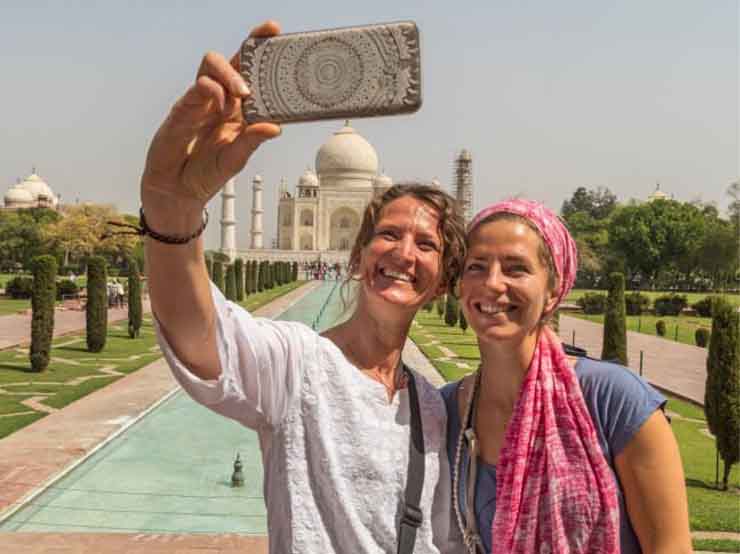The Taj Mahal stands today as one of the most iconic symbols of love in the world—a gleaming white marble masterpiece that draws millions of visitors each year. Yet, behind its perfection lies a fascinating chapter in Mughal history, shaped not only by its creator, Emperor Shah Jahan, but also by his son and successor, Emperor Aurangzeb.
The Shadow of a Father’s Dream
Built between 1631 and 1653, the Taj Mahal was Shah Jahan’s grand tribute to his beloved wife, Mumtaz Mahal. It represented not just love, but also the artistic and cultural height of the Mughal Empire. When Shah Jahan fell ill in his later years, his son Aurangzeb—known for his strict adherence to Islamic law and austere lifestyle—seized power and confined his father within the Agra Fort.
From his marble balcony in the fort, Shah Jahan spent his final years gazing across the Yamuna River at the Taj Mahal, the resting place of his queen. When he passed away in 1666, Aurangzeb ensured that his father was buried beside Mumtaz Mahal inside the monument, completing the story of eternal love.
Aurangzeb’s Role in Preserving the Taj Mahal
Though often seen as a ruler who diverged from his father’s artistic vision, Aurangzeb still played a role in preserving the Taj Mahal’s legacy. Historical records suggest that Aurangzeb ordered periodic maintenance of the structure, ensuring that it remained in pristine condition even as his empire faced wars and financial strain.
However, unlike his father, Aurangzeb did not indulge in grand architectural projects. His reign focused on expansion and religious orthodoxy rather than art and culture. Despite this, the Taj Mahal endured—its beauty untouched by politics and time.
The Taj Mahal Through Aurangzeb’s Eyes
It’s fascinating to imagine how Aurangzeb might have viewed the Taj Mahal. To him, it was not only his father’s greatest work but also a reminder of the opulence he sought to leave behind. Some historians believe he saw it as a symbol of both devotion and excess, embodying a legacy he respected but did not wish to replicate.
Today, the monument stands as a silent witness to both their lives—a father who built it for love, and a son who preserved it despite differing beliefs.
Visiting the Taj Mahal Today
Centuries later, the Taj Mahal continues to mesmerize travelers from around the world. Whether viewed at sunrise when the marble glows golden, or at moonlight when it shimmers like silver, it remains a timeless symbol of India’s heritage and emotion.
Exploring the Taj Mahal is not just a visit—it’s a journey through Mughal history. Visitors can walk through the symmetrical gardens, marvel at the intricate marble inlay work, and stand before the cenotaphs of Shah Jahan and Mumtaz Mahal. From every angle, it tells a story that blends love, power, and faith.
Plan Your Visit with TicketsTajMahal.com
If you’re planning to experience this world wonder, book your tickets easily and securely through TicketsTajMahal.com. Our platform provides convenient booking options and detailed visitor information—helping you skip the lines and make the most of your trip to Agra.










Comment (0)